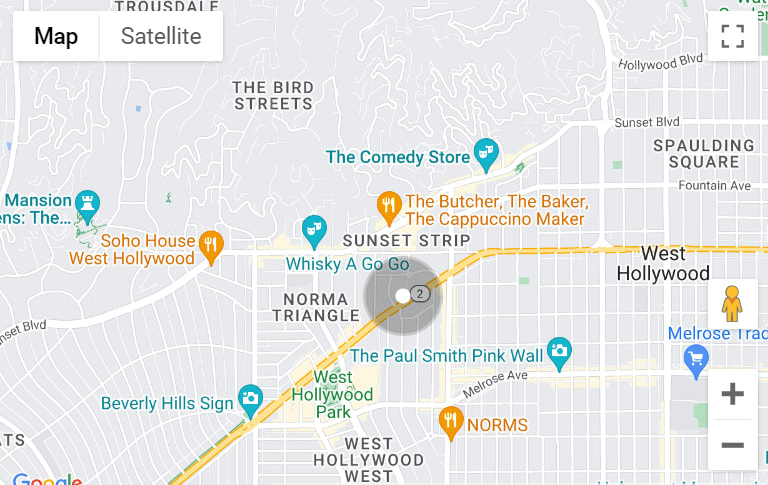More than eight in 10 Americans (83 percent) still think it’s a bad time to buy a home, Fannie Mae’s latest National Housing Survey found. The survey of 1,002 homeowners and renters, conducted between Dec. 1 and Dec. 18, also found that the percentage of Americans who think it’s a good time to sell decreased 3 percentage points from November, to 57 percent.
But for the first time since Fannie Mae began conducting the monthly surveys in 2010, more homeowners, on net, said they believed mortgage rates will go down rather than up over the next 12 months.
“Homeowners have told us repeatedly of late that high mortgage rates are the top reason why it’s both a bad time to buy and sell a home, and so a more positive mortgage rate outlook may incent some to list their homes for sale, helping increase the supply of existing

Mark Palim
homes in the new year,” Fannie Mae Deputy Chief Economist Mark Palim said in a statement Monday. “Of course, that’s likely dependent on the extent to which mortgage rate expectations are met with actual mortgage rate declines.”
At 6.56 percent on Dec. 29, rates on 30-year fixed-rate mortgages ended the year down 1.27 percentage points from a 2023 high of 7.83 percent registered on Oct. 25, according to daily loan lock data tracked by Optimal Blue.
But Palim cautioned that even if mortgage rates keep falling, economists at Fannie Mae continue to believe home sales will post only modest gains in 2024, with elevated home prices continuing to pose affordability challenges for first-time homebuyers and others.

Source: Fannie Mae National Housing Survey, December 2023.
The Fannie Mae Home Purchase Sentiment Index (HPSI), which distills six questions from the National Housing Survey into a single number, increased 2.9 points in December to 67.2, in large part because of rising consumer expectations that mortgage rates will continue to fall.
While only two of the index’s six components improved from November to December (mortgage rate expectations and buying conditions), the HPSI is now up 6.2 points from a year ago, and 10.5 points above an all-time low of 56.7 registered in October 2022.
The survey also showed that consumers are less certain home prices will continue to go up. While that would be good for buyers, reduced consumer confidence in home price appreciation is treated as a negative in calculating the HPSI.

Source: Fannie Mae National Housing Survey, December 2023.
Although economists at Fannie Mae and the Mortgage Bankers Association think mortgage rates will continue to fall, less than one in three consumers (31 percent) surveyed in December expect the same. While that might not sound like optimism, it’s a new survey high in records dating to 2010 — and a major shift from November, when only 22 percent of Americans were expecting rates to come down.
Palim said it’s also worth noting that homeowners and higher-income groups reported greater optimism about rates than renters. On net, “more homeowners believe mortgage rates will go down than go up,” over the next 12 months Palim said.
“This significant shift in consumer expectations comes on the heels of the recent bond market rally and an already-significant downtick in 30-year mortgage rates, from their high of nearly 8 percent in early November to 6.62 percent as of this past week,” Palim said.
Although not factored into the HPSI, 43 percent of consumers surveyed in December said they thought it would be easy for them to get a mortgage, up from a 2023 low of 40 percent in September.
Among all survey respondents, the percentage who expect mortgage rates to go up decreased to 31 percent, down from 44 percent in November. With 36 percent expecting mortgage rates to remain unchanged, the net share of consumers who think mortgage rates will go down climbed to 0 percent, up from -40 percent in February.

Source: Fannie Mae National Housing Survey, December 2023.
With the share of consumers who think home prices will go up in the next 12 months falling from 41 percent in November to 39 percent in December, and 36 percent expecting them to remain unchanged, the net share of consumers expecting home prices to go up fell 2 percentage points, to 15 percent.

Source: Fannie Mae National Housing Survey, December 2023.
The percentage of consumers who said it’s a good time to buy a home increased to 17 percent in December, up from an all-time survey low of 14 percent in November.
With those who said it was a bad time to buy decreasing from 85 percent to 83 percent, the net share of those who said it was a good time to buy increased 5 percentage points, to -66 percent.

Source: Fannie Mae National Housing Survey, December 2023.
Better conditions for buyers usually mean worsening conditions for sellers. While 57 percent of those surveyed in December said it was a good time to sell, that was down from 60 percent in November.
With the percentage who said it was a bad time to sell increasing from 40 percent to 42 percent, the net share of those who said December was a good time to sell decreased 5 percentage points from November.

Source: Fannie Mae National Housing Survey, December 2023.
Although not factored into the HPSI, 30 percent of consumers said they thought the economy was on the right track in December, up from 24 percent in November.
